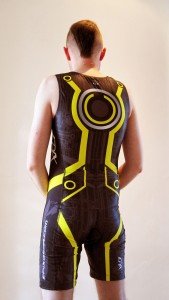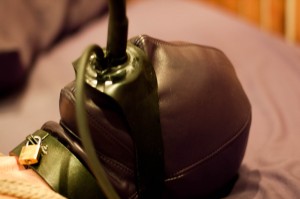I was teased at a recent party about me new-found fondness for describing myself as pansexual – which is apparently the hipster word for being bi. I had girlfriends when I was younger and then I moved on and found myself preferring gentlemen rather than ladies as time progressed, but if I’m honest I never really saw the massive attraction of cock.
Within the last couple of years I’ve found myself attracted to ladies once again, although I’d describe it as more of a fetish in that I really get off on femdom scenes (something about forced-bi, albeit in an unconventional sense) and cute girlies in latex attire. I certainly don’t want to live with a girl (the ability to share clothing with my other half is awesome) but at the same time I’m not as repulsed as your common-or-garden variety of gay might be. Maybe everyone’s sexuality is a little fluid and that as time’s arrow marches inexorably forward tastes can change.
Pansexual might be a word that only a douche would use but it does seem to sum me up at the moment. Sorry.








































